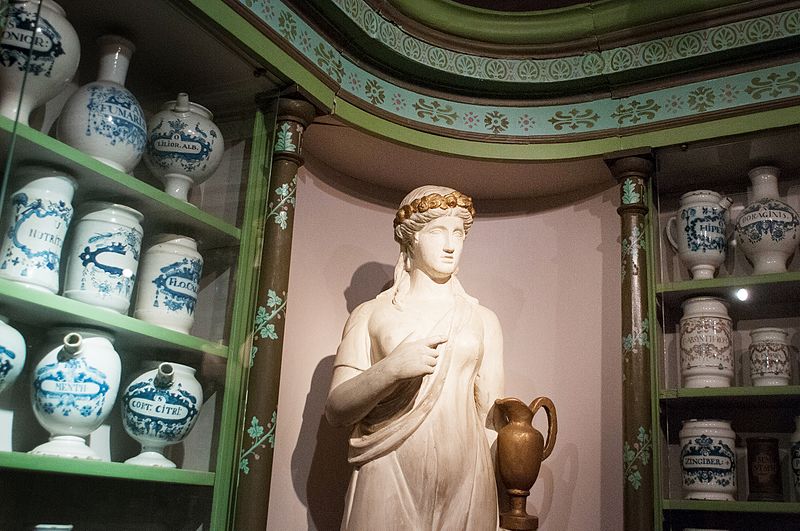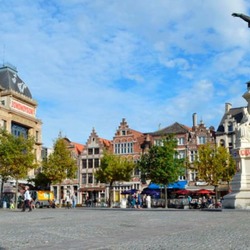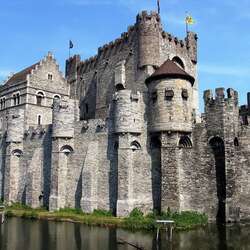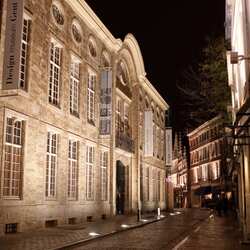Aleyn's house
Ghent is famous for hosting a large number of historical and cultural buildings and structures, as well as the only almshouse in the city. This building has a unique history and fame that has spread throughout Belgium.
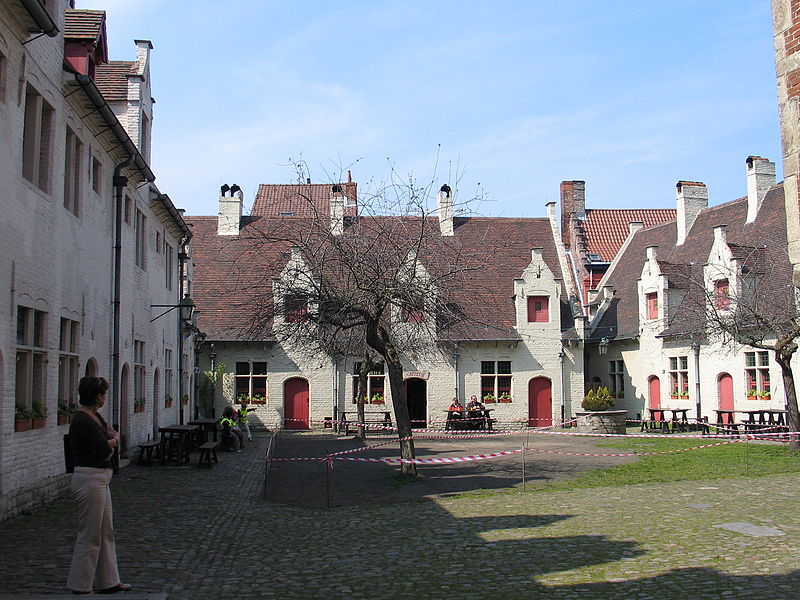
Features of Alain's House
The history of this almshouse is very rich and interesting. The history of this institution is closely connected with the family of the Reims brothers, who were one of the most influential families in this city. They had a feud with the Alein family, which escalated after the daughter of a rich merchant did not marry her betrothed Hendrik Alein, but was forced by her father to marry Simon Reims. However, the merchant's daughter refused to stay in Reim's house and went back to her betrothed. After that, Simon, along with his brothers, poisoned himself to the Alens and killed the beloved of the merchant's daughter, and later went on the run with his brothers.
As expected, the Reims were accused by the court of a serious crime, their houses were destroyed. Later, Simon decided to return to the city and ask for forgiveness – he paid a large sum to pay the debt. In 1363, the Alleyns transferred their house to convert it into an almshouse. The Reims brothers were obliged to maintain this institution until their death.
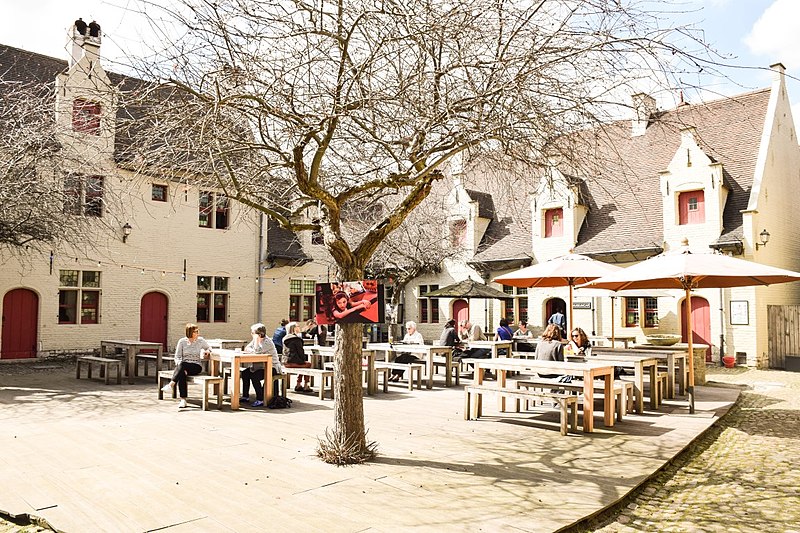
In 1926, a museum was opened in Alein's house, and in the same year the Union of the Folklore Society of East Flanders was founded, in which folklore was studied. A year later, a folklore library was created. In 1932, the Folklore Museum appeared, which moved to Cranleigh Street in 1962.
In 2000, the folklore museum was reopened in this building, which was named Alain's House. Here, visitors can see various exhibitions – folklore, crafts, and creativity. An interesting exhibit is a 20th-century hairdressing salon, which preserves all the items that were used for haircuts at that time. To immerse themselves in the atmosphere of the 20th century, visitors to the museum are provided with audio and video tapes, through which they can see and listen to various stories of local residents, as well as see the life of that time from different angles.
If you are interested in seeing what life in modern Belgium looked like a century ago, this museum will be a suitable place for you to visit, there is something to listen and see.



